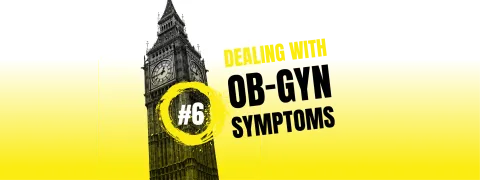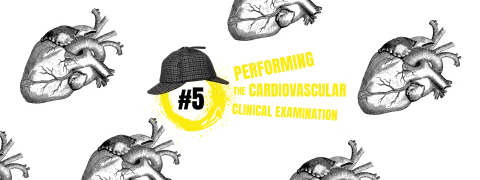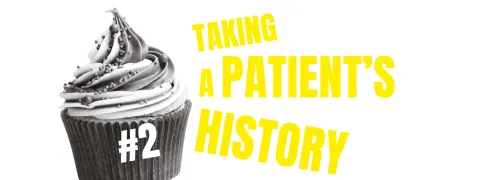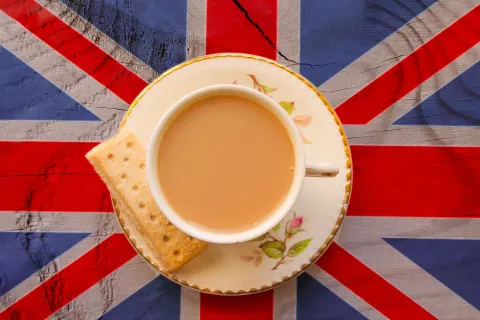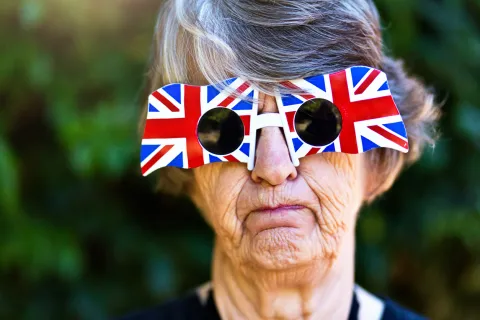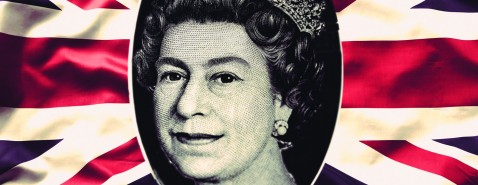
The following issues will concentrate on different types of diagrams (pie-charts, bar charts and line graphs). Supplementary exercises along with a bilingual version of the texts presented in the paper version are available in this online version. On this site, you can also find the translation of the key expressions and one short video corresponding to the topics covered in this issue.
Dans ce quatrième numéro, vous trouverez une nouvelle contribution indiquant la manière de présenter les résultats de votre étude. Il porte essentiellement sur la présentation des tableaux et l’utilisation des unités de mesure. Les numéros suivants porteront sur différents types de diagrammes (camemberts, histogrammes, courbes). Des exercices complémentaires ainsi qu’une version bilingue des textes de la version papier sont disponibles dans cette version en ligne. Sur ce site, vous trouverez également la traduction des expressions essentielles et une courte vidéo correspondant aux thèmes abordés dans ce numéro.
Table 1 shows that food, water, and energy consumption were higher in diabetic rats whether treated with resveratrol or not (DM) than in control or glyclazide-treated diabetic rats. However, it is worth noting that treatment with resveratrol led to a significant decrease in all three parameters compared with non-treated diabetic rats. The final body weight of diabetic rats was significantly lower than that of control rats, though once again, resveratrol , like glyclazide, reduced the difference. As for blood sugar, untreated diabetic rats had significantly higher levels than did control or treated diabetic rats. There was no significant difference between diabetic rats treated with resveratrol and those treated with glycazide. The same trend was seen for free fatty acids – only the untreated diabetic rats had significantly higher levels than the other four groups. Supplementation with resveratrol thus reduced free fatty acid levels in diabetic rats. VO2 measured at the end of the experiment before the rats were killed showed that untreated diabetic rats had lower VO2 than the other groups. Interestingly, there was no significant difference between the two groups treated with resveratrol, and no significant difference between untreated controls and diabetic rats treated with glycazide with lower levels in the latter.
Table 1 / Tableau 1
|
Parameters |
control |
Con+R |
Dia-R |
Dia+R |
Dia+G |
|
Water consumption mL/day |
38.3±2.1a |
39.6±0.5a |
200.8±12.3d |
198.4±13.0c |
43.5±2.4a |
|
Food consumption g/day |
30.6±0.3b |
28.9±0.8a |
40.7±0.2d |
38.5±0.2c |
33.6±1.0b |
|
Energy intake kcal/day |
116.3±0.3b |
109.8±0.3a |
154.7±0.2d |
146.3±0.4c |
127.7±0.8b |
|
Final body weight g |
397.5±26.0c |
382.3±33.0c |
189.9±28.5a |
253.2±53.0b |
291.6±22.5b |
|
Blood sugar |
120.5±20.0a |
128.7±41.5a |
432.7±69.2b |
159.6±26.2a |
130.7±23.2a |
|
Free FA mEq/L |
6.9±0.3a |
5.8±0.2a |
10.3±0.2b |
7.0±0.5a |
6.7±0.7a |
|
VO2 mL/min |
3.0±0.4b |
3.6±0.1c |
2.1±0.2a |
3.0±0.2b |
3.3±0.1b |
Values are expressed as mean±SD; Con+R: resveratrol-treated controls; Dia-R: diabetic rats without treatment; Dia+R: diabetic rats treated with resveratrol; Dia+G: Diabetic rats treated with glyclazide; FreeFA: free fatty acids; VO2: oxygen consumption.
In each line, for data followed by a,b,c,d, figures with different letters are significantly different from each other (p<0.05).
Click on the following links to watch one short video:
Cliquer sur les liens suivants pour voir une courte vidéo :
*Professeurs d’anglais médical à l’université de Dijon




